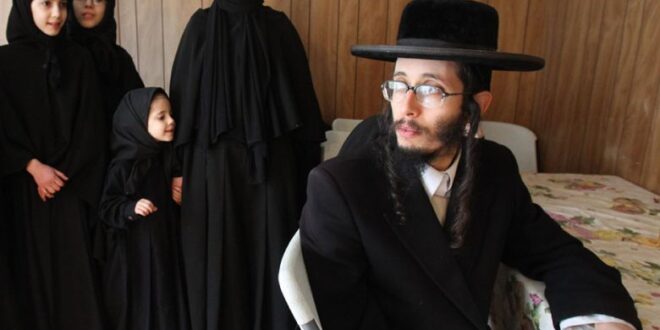The national dress of the Jews always catches the eye and seems old-fashioned to many. This is not surprising at all since representatives of this nationality have not changed their dress styles for two centuries. And for several thousand years their national outfit has gone through many metamorphoses. But is it possible to combine tradition with the modern age? Can we combine traditional Jewish clothing in our everyday lives? The answer is – YES. Some clothes can even serve as a trendy piece of wardrobe for people with authentic style.
The Flourishing Of The Jewish State And The Clothing Of That Time
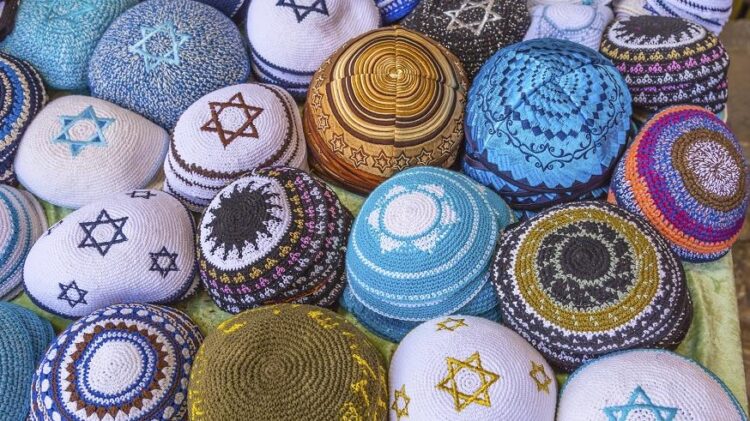
There are many elements in the traditional clothing of ancient Jews that have been borrowed from other nations. This was mostly for historical reasons. Therefore, some of the Jewish clothing reminds of the dresses of Arab nomads. When the Jews moved to the other side of Jordan, they maintained the simplicity of everyday things. Even though the first ruler of Israel, King Saul, was not inclined to luxury, it was during his reign that the clothing of the Jews became richer, brighter and more diverse. This fact was influenced by the spoil that Saul brought from his military conquers. After the King was killed, David took his place. During his reign, folk costumes became richer and more diverse, and jewelry began to be used.
Borrowing From Other Cultures
David loved to surround himself with luxury and wealth – it was time for the rise of the Jewish state. The clothing of wealthy members of society becomes particularly lush. However, after times of uprising and civil conflicts, stability was tightened in the country and Israel split into two.
First, the Assyrians ruled in Judea, and 788 BC. – Babylonians. If you look at what the Jews of that time looked like in the folk costume, you can see in their clothing many elements that are characteristic decorations of the Assyrians. At the time of the “Babylonian captivity”, the clothing of the Jews was virtually indistinguishable from the Babylonian. Later it would change more than once under the influence of Roman and Greek culture. The men wore woolen shirts, with linen dress over them. Sleeves could be both long and short. The belt also must be worn. For noble people, this garment was made of wool or linen, embroidered with gold, and also adorned with precious stones and buckles. The lower classes wore plain leather belts.
Clothes
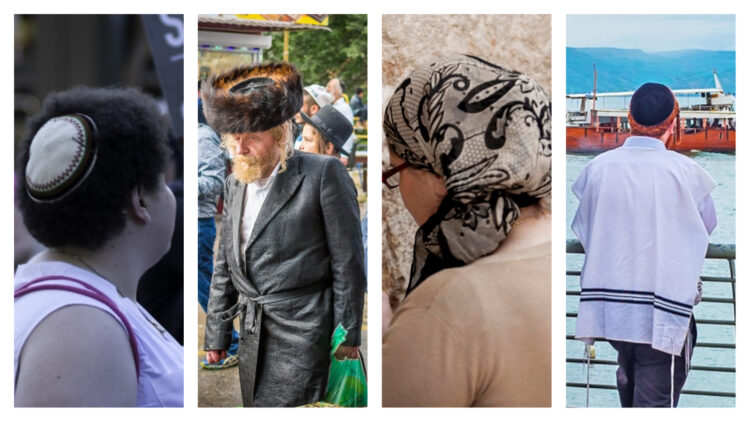
The clothes for the richer population was divided into two types. After the Jewish state was freed from the slavery of the Babylonians, the Jews began to wear clothing to their knees, with their sleeves more open. Decoration of such clothes was distinguishing wealth between the people. In the cold season, red clothes with fur were popular. At the waist, the garment was decorated with a buckle. There was also a special element of Jewish folk costume – it could have been simple and twofold. The double had two strips of fabric, which were sewn in a special way – so that it seems it was only on the shoulders. Both parts were evenly lowered back and forth. This shoulder strap was one of the most important attributes of clergy clothing and bore the name ephod.
Jewish Clothing In The Second Half Of The 19th Century
If you are looking for pictures of Jewish traditional costumes, you can find here two particularly important elements of a Jewish men’s suit. The main attributes are traditionally considered scarves and hats. The scarf is worn during prayer and is available in two colors. White and blue are used in one variant, white and black in the other. The edges of the scarves are complemented by fringes.
What Are Tzitzits And Tallit?
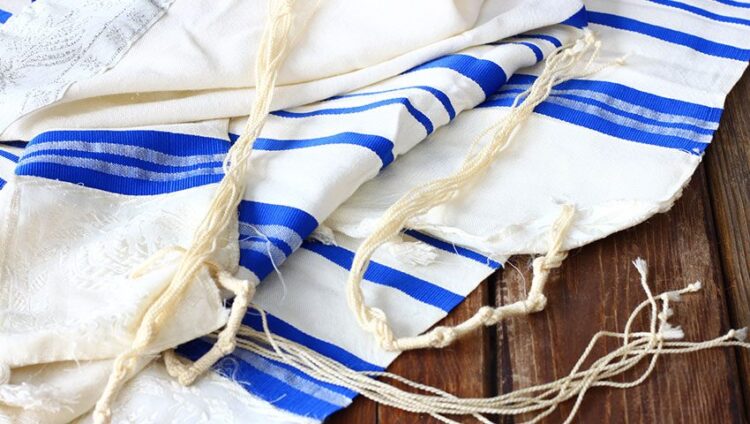
Tzitizits are tassels that are found on the traditional clothing of the Jews. They are worn by men and serve as religious and traditional garments reminiscent of the commandments of Deuteronomy. These fringes were tangled specially and were worn by the Israelites in ancient times. They are also found on all four corners of the traditional religious headscarf called Tallit Katan. The term Tzitzit also refers to the small tallit. This tallit looks a lot like a poncho and can be worn on a day-to-day basis. Of course, you will wear a T-shirt underneath.
This part of the wardrobe is very authentic. First of all, even though it seems contemporary, its existence has been rooted since ancient times. Strings at each of the four corners of this scarf have their deeper, religious meaning. A long time ago, Tallit was only made of wool, and today it is made of wool, cotton as well as synthetic materials. However, when it comes to color, things don’t change much, at least not for now. Today you can find a wide range of these traditional Jewish clothing on the market. However, according to Jewish Shop, it is always best to purchase them at reputable manufacturers. Especially if you need them to wear during a religious ceremony.
Beard
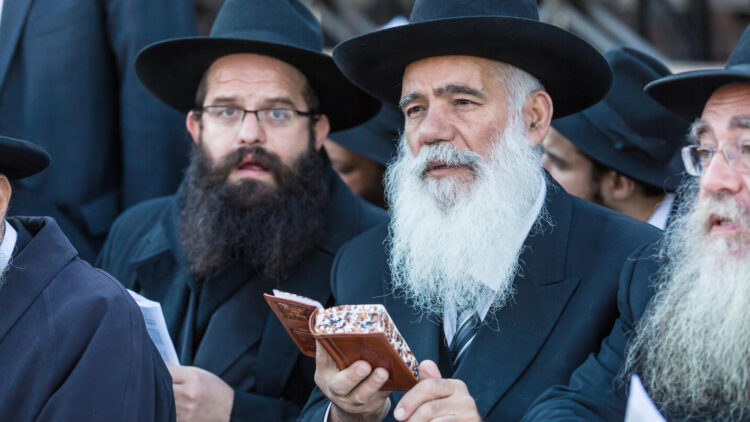
Interestingly, beard trimming was prohibited by law. Just like the Assyrians, the Jews respected that element. The beard was considered a sign of wealth and dignity. It was also believed that only free people could wear a beard. Jewish men carefully looked after their beards with the help of oil and various incense. It was considered the most difficult offense to grab someone by the chin or pull his beard. But if one of the relatives or close friends died, the Jews used to split the beard or even cut it completely.
Hair
The story of the hairstyle will also complement the description of this nation’s traditional costume. Jews from ordinary families wore headscarves like Arabs or would just tie their hair with a string. Rich Jews wore smooth turbans. Women from influential and rich families wore headbands, decorated with pearls, over which a veil was usually thrown over their entire body. A series of pearls, gems, and precious stones, gold and coral were often woven into their long hair. Women always kept a close eye on their hair – thick hair was much appreciated. Rich young girls often wore curls.
 Hi Boox Popular Magazine 2025
Hi Boox Popular Magazine 2025
